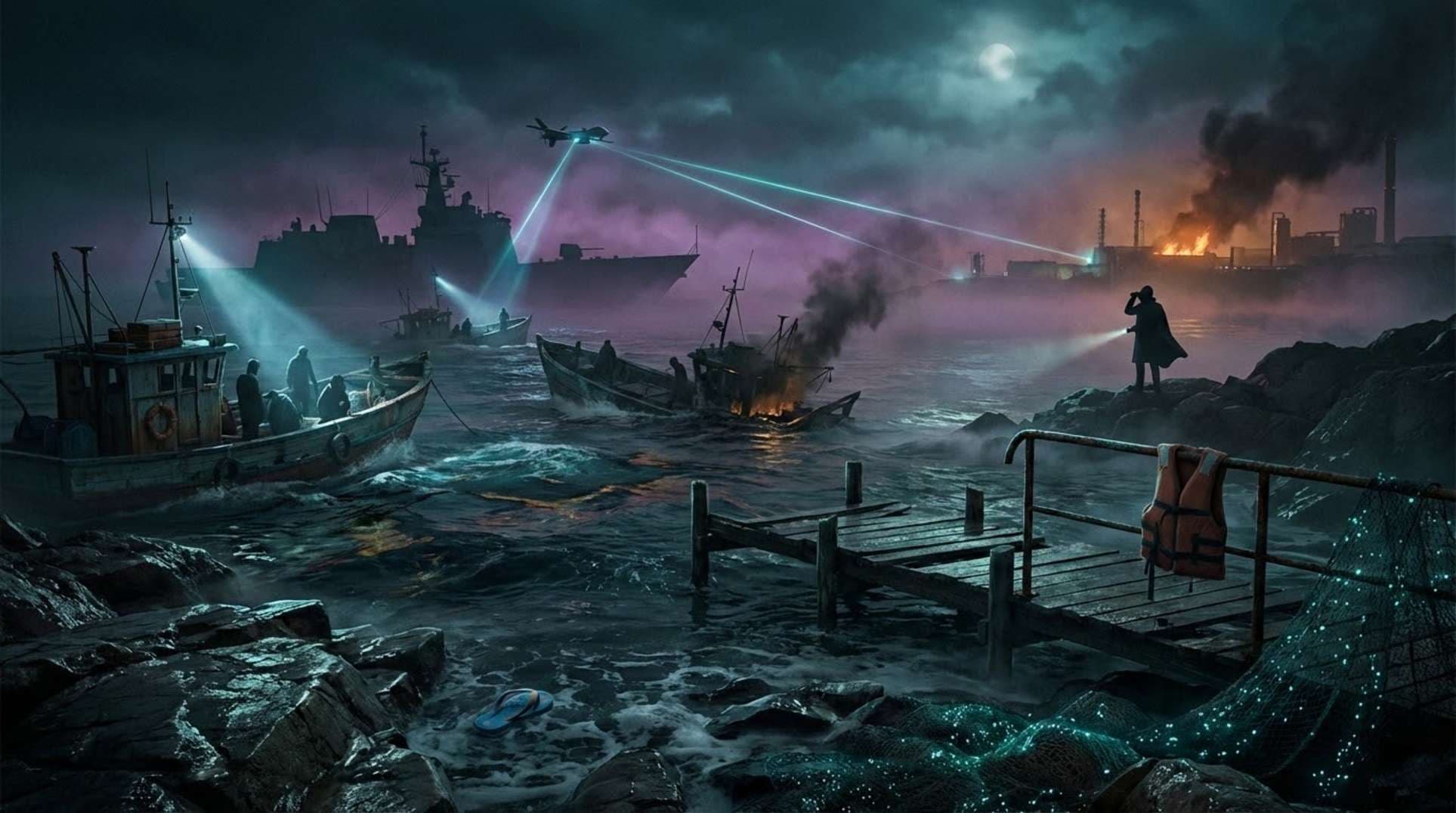In the early 1930s, the Soviet Union’s brutal policies led to one of the most horrific chapters in its history. Nazino Island, often referred to as Cannibal Island, became the site of unimaginable tragedy as thousands were forcibly relocated, leading to starvation, violence, and cannibalism. This dark tale serves as a chilling reminder of the human cost of totalitarian regimes.
Key Takeaways
- Nazino Island was the site of forced resettlement under Stalin’s regime.
- The deportees faced starvation, violence, and cannibalism.
- The tragedy highlights the consequences of authoritarian policies.
The Context of Forced Relocation
In the early 1930s, the Soviet Union embarked on a massive social engineering project. The goal was to spread the population and utilize the vast farmland across the country. In February 1933, Genri Yagoda, head of the OGPU secret police, and Mve Burman, head of the Gulag labor camp system, proposed a plan to Joseph Stalin to resettle up to 2 million people in remote areas of Siberia and Kazakhstan.
This plan was not just about agricultural development; it also aimed to cover up the ongoing famine in Ukraine and other regions. The targeted groups included:
- Kulaks: Wealthier peasants who owned more than 3 hectares of land.
- Peasants allegedly working against the state.
- Urban undesirables deemed unnecessary for production.
The Implementation of the Plan
To facilitate this massive resettlement, the Soviet government reinstated a system of internal passports. This allowed authorities to identify and control the population. Those without passports became easy targets for arrest and deportation. Between March and July 1933, 85,300 people were deported from Moscow alone.
The journey to their new homes was harrowing. Deportees were crammed into train carriages with meager rations of just 300 grams of bread per day. Many arrived at Tomsk, a transit camp, in a state of utter despair, with reports of 500 deaths in just a few weeks.
Arrival at Nazino Island
On May 18, 1933, a flotilla of barges arrived at Nazino Island, bringing 4,556 men and 322 women to a swampy strip of land with no shelter or facilities. The Soviet authorities provided only 20 tons of raw flour for nearly 5,000 people. The conditions were dire, with many deportees too weak to stand.
The first night saw 295 deaths, and by May 21, 70 more had perished, with disturbing signs of cannibalism emerging. The lack of food and clean water led to chaos, riots, and further deaths as guards struggled to maintain order.
The Descent into Cannibalism
As starvation set in, desperation grew. The first reports of cannibalism appeared just days after the deportees’ arrival. Health officers documented cases of bodies being mutilated, and some individuals were caught with blood on their hands. The situation escalated from scavenging the dead to outright murder for food.
Survivors recounted horrific scenes, with bodies often looted for valuables. The guards, poorly equipped and overwhelmed, could do little to stop the violence. By late May, cannibalism had become a grim reality on the island.
The Aftermath and Cover-Up
By June, reports of the tragedy reached Soviet leadership, prompting an inspection team to visit the island. They found that nearly 1,970 people had died, but the authorities downplayed the numbers to avoid political fallout. Eventually, the settlement was dissolved, and the surviving deportees were transferred to smaller settlements.
However, the trauma of their experiences lingered. Of the 6,000 initially deported, between 1,500 and 2,000 died due to starvation, disease, and violence. Another 2,000 vanished without a trace.
The Legacy of Nazino Island
The horrors of Nazino Island remained hidden for decades, only coming to light in the late 1980s during the glasnost period. Today, a wooden cross commemorates the victims, and a church was built in 2018 to honor their memory. The tragedy serves as a stark reminder of the human cost of totalitarian regimes and the devastating consequences of forced resettlement.
The story of Cannibal Island is not just a tale of survival; it is a chilling account of how ideology can lead to unimaginable suffering. The events that unfolded on this remote Siberian island continue to resonate, reminding us of the lengths to which authoritarian governments can go to enforce their will.




